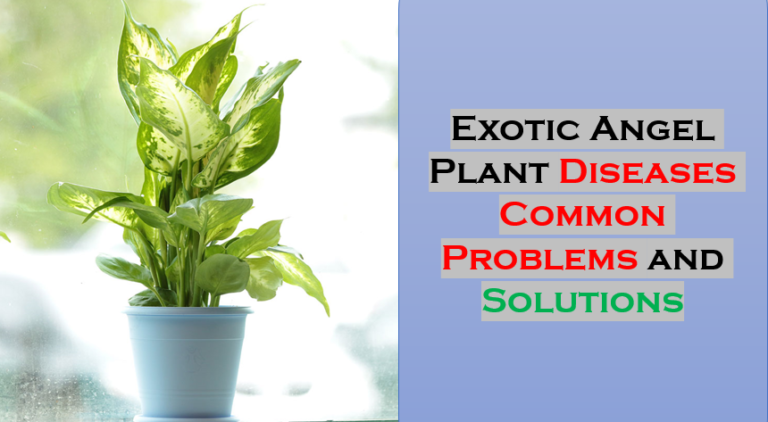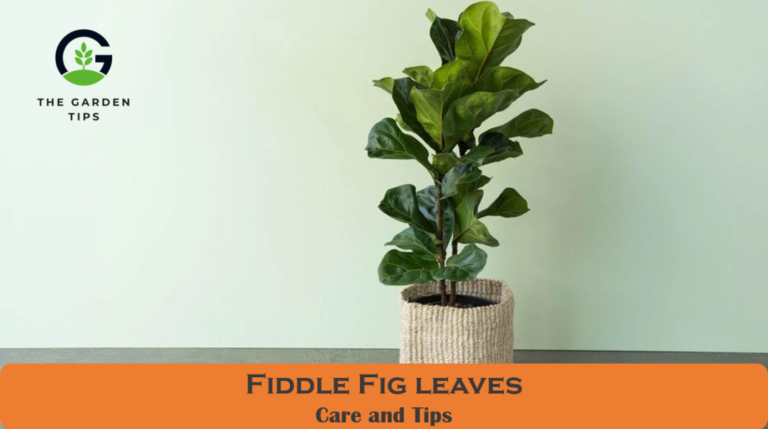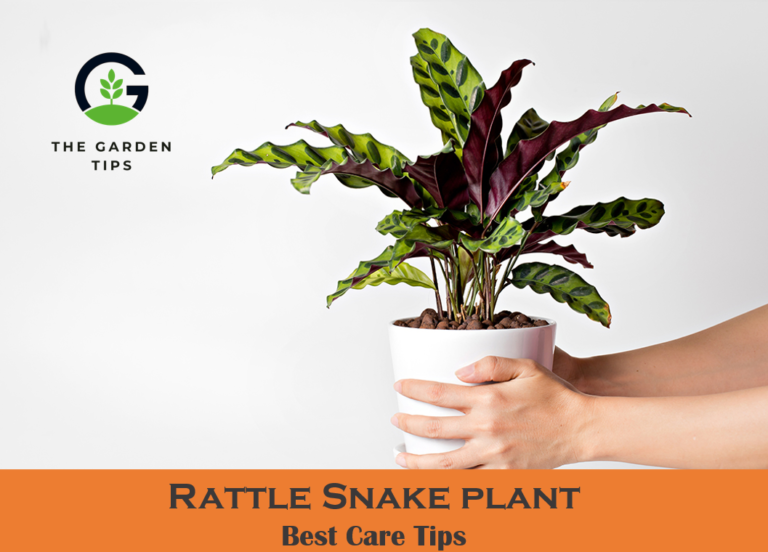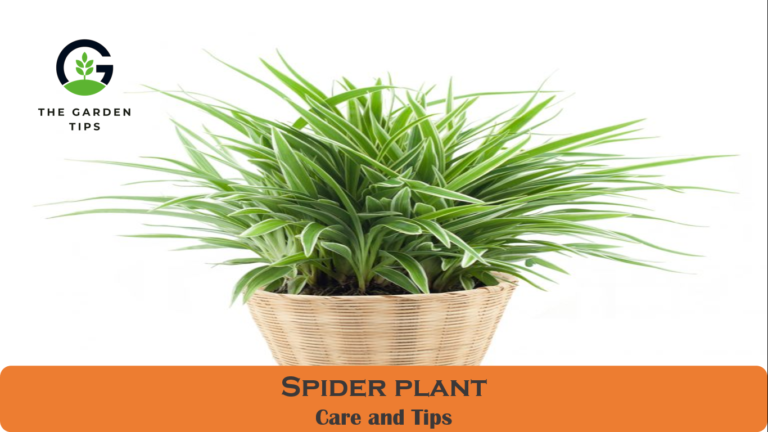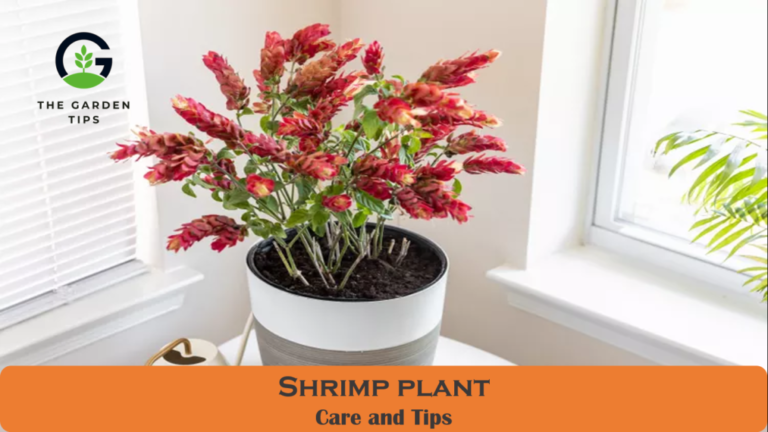Do you know what is too cute for the words? A Delosperma echinatum is commonly known as Pickle Plant. This tiny, adorable, yet spiny plant defines another level of adorability. To grow it successfully, you must know how to care for a Pickle Plant.
Pickle plants are unique and known due to their cactus-like leaf. However, planting the pickle plant may need much attention and care for better growth. In this guide, I will cover all aspects of the care for and propagation of Pickle Plant. So stay tuned and read to the end to learn more!
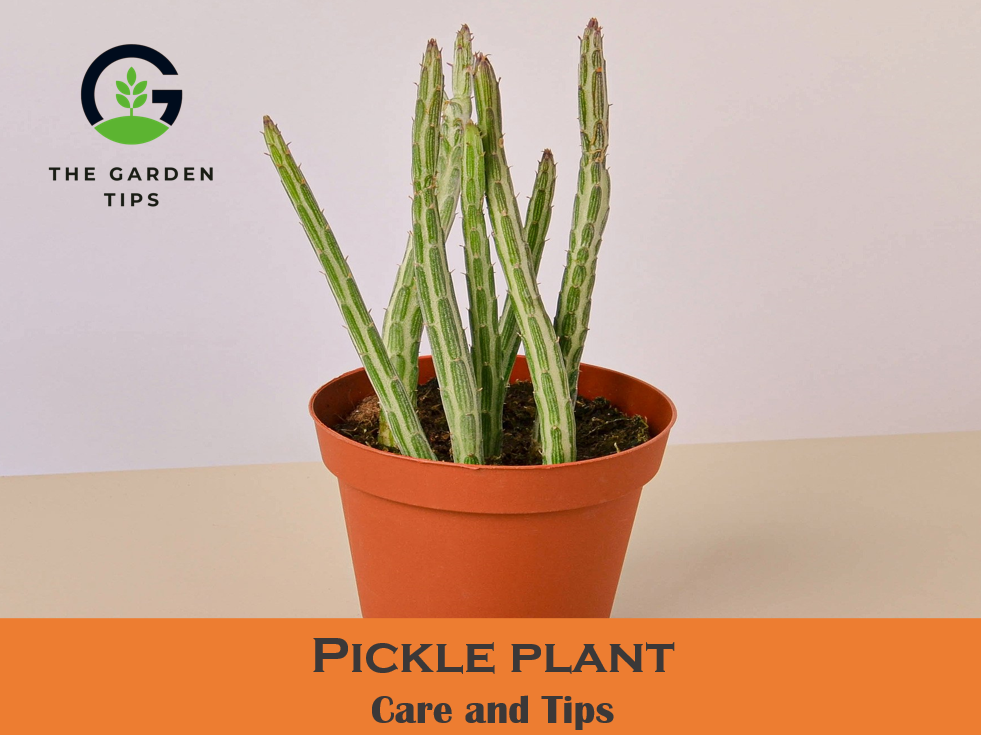
Pickle Plant Care
Pickle plants get their name due to the shape of their leaves, which looks like small piece of pickles. Although the leaves may cover with tiny white thorn-like hairs, they will not harm anyone, unlike a cactus.
Pickle plants have a low tendency to grow and look like shrubs. And they don’t require much care, so let’s look at the below points that can help in its growth.
Pickle Plant Growing Guide
| Botanical Name: | Delosperma echinatum |
| Plant Type: | Succulent |
| Hardiness zone: | 7a to 10b |
| Native: | South Africa (Eastern cape) |
| Varieties: | Trichodiadema barbatum (Hardiness zone 9b-11b, USA), Kleinia stapeliiformis (Hardiness zone 9b-11b, USA), Delosperma echinatum (Hardiness zone 97a-10b, USA) |
| Soil types: | Porous soil that allows excess water to drain out fast. |
| Soil pH: | 6.0 to 6.5 (slightly acidic) |
| Water: | Light watering |
| Sun Exposure: | Full sun and bright light. |
| Temperature requirement: | 0 to 40oF or -17 to 4oC. |
| Humidity: | Low to moderate |
| Plant Mature Size: | 45 cm (18″) tall |
| Flower Color: | Green/Lime |
| Bloom Time: | Spring and Summer |
| Bloom Duration: | 3 to 7 days |
| Blooms in a year: | 2 to 3 times a year |
| Pests: | Mealybugs, scale, fungus gnats, white flies, vine weevils & root mealybugs |
| Diseases: | Root rot, powdery mildew, angular leaf spot, Phytophthora crown, and bacterial wilt |
| Fertilizer requirement: | Feed once a month with diluted fertilizer (spring and summer) |
| Toxicity: | Non-toxic to pets and humans |
| Usage: | Decorating |
| Repellent Characteristics: | N/A |
How Can you Repot Pickle Plant?
Repot your pickle plant once in two years. Due to its slow-growing ability, it may not require frequent repotting. When they mature, they remain pot-bound, so let them in that way.
For repotting, you can follow the below steps:
- Choose a pot about an inch more significant than the old one.
- Don’t use an extra large pot to avoid the pooling of water.
- Ensure the pot has an extra drainage hole and fill it with a well-draining mix.
- And transfer the pickle plant to the new pot.
Care Tips for Pickle Plant
The care of pickle plants is relatively easy and requires little effort. Following are the simple care tips for your pickle plants.
Light
- Pickle Plant like to grow in full sun and enjoys bright light. Then can tolerate indirect light and partial shade, but the growth will slow down.
- If you want to place them as indoor plants, select the brightest spot where they can receive direct sunlight.
Watering
- Don’t overwater the pickle plant; water it again when the soil becomes completely dry. However, ensure the excess water drains out from the container.
- During spring and summer, water the plant once or twice a week, reduce watering during winter, and water it once every two weeks.
Temperature
- Provide a suitable temperature of about 25 C and bright scattered light to your tropical plant.
- If the temperature is not suitable, your plant may face trouble in growth. Also, avoid prolonged exposure to extreme conditions to prevent stress.
Humidity
- Pickle plants can survive in average humidity, so there is no need to keep them moist. It is good to keep plant away from moisture as it loves to grow in dry surroundings.
- Humidity is dangerous for succulents and can rot its stem and roots because it gets water from their fleshy leaves.
Soil
- Pickle plants are not picky for soil, but if you want, they can grow happily, and then using well-draining and rich soil mixed with perlite and coarse sand is an excellent option for pickle plants.
- If the soil is porous, the water will be completely drained from the pot and cannot damage the plants. Also, maintain the soil pH between 6.0 and 6.5 for better growth.
Fertilizing
- Pickle plants can survive in nutrient-deficient soil due to their non-demanding nature. You can add fertilizers like Espoma Garden-tone organic fertilizer 3-4-4 and Organic Vegetable Fertilizer 4-4-4.
- But only feed fertilizers once a month during summer and spring. Do it sensibly, as the heavy concentration can create toxicity.
Pests
- Aphids, cucumber beetles, whiteflies, and thrips are common pests for pickle plants.
- However, pickle plants are not prone to pests.
Diseases
- Root rot, powdery mildew, angular leaf spot, Phytophthora crown, and bacterial wilt are common diseases for tropical plants.
- Bacteria can quickly grow in high temperatures or humidity and create infections. So if you want to avoid these diseases, sterilize the succulent plant once a month before summer.
FAQs
Why Is My Pickle Plant Dying?
Overwatering is one of the primary reasons behind the death of pickle plants. Use of excess water can rot the roots, and you can prevent the death of your pickle plant by repotting.
How Big Does A Pickle Plant Get?
The pickle plant only grows only about 45 cm or 18 inches. Due to its low growing ability, it is suitable for the ground cover.
Conclusion
Taking care of a pickle plant is relatively easy, and the South African plant is an excellent pick to plant at home, but you should remember all the above tips. This article has all the information and tips to help provide your plant with a proper environment. Follow these tips and help pickle plants for their happy growth.


